
The fall staple actually has extraordinary health benefits! In addition to being high in water and low in calories, pumpkin is loaded with vitamins and nutrients.
Pumpkin is rich in beta-carotene, a carotenoid that gives the scrumptious squash its signature orange hue. Our bodies convert beta-carotene into Vitamin A, which supports a healthy immune system and eyesight. According to the USDA, ½ cup of raw pumpkin contains 280% of your daily recommended serving of Vitamin A.
The fun doesn’t stop at one vitamin! Pumpkin is also rich in Vitamins C, E, and B2, all of which are antioxidants that reduce inflammation and boost your immune system. Other nutrients found in pumpkin include potassium, which supports heart health and can lower blood pressure, and fiber, which promotes a healthy digestive system.
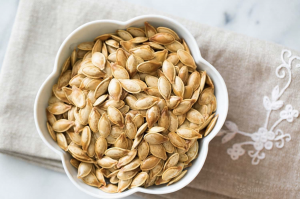
Pumpkin seeds are rich in antioxidants and minerals like Vitamin K, iron, manganese, and more. They are also a great source of protein and healthy omega-6 fats. Each serving (1/4 cup) of seeds packs 8 grams of protein!
One of the most notable health benefits of pumpkin seeds is that they are a great natural source of magnesium. One serving contains 40% of the daily recommended value.
The majority of adults in the U.S. do not consume enough magnesium, and it may be more important than you think. Magnesium helps regulate blood pressure and blood sugar, reduces the risk of heart disease, and supports healthy bones.
Interested in eating more pumpkin now? Pumpkin and its seeds can fit into any meal of the day!
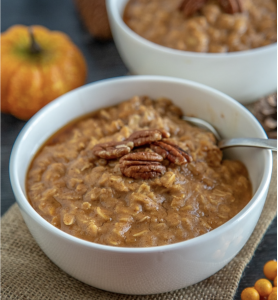
Start your day with pumpkin oatmeal or cozy and kid friendly pumpkin pancakes. Sweeten oats and pancakes with maple syrup, and top them with pumpkin pie spice, craisins, nuts, and seeds. Try a pumpkin smoothie for on-the-go mornings.
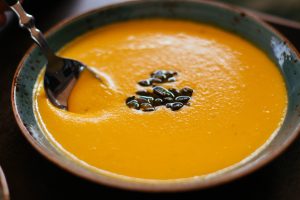
Pumpkin soup is like autumn in a bowl and a great pick-me-up on cold and rainy days. Top any soup or salad with pumpkin seeds for a flavor and nutrient boost. Homemade pumpkin hummus is a seasonal twist on a classic. Enjoy with salads, chips, and veggies.
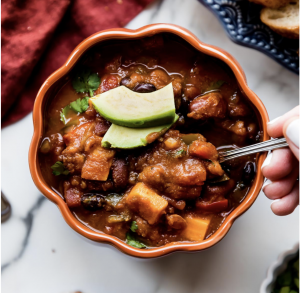
Pumpkin brings new life to classic dinners like chili and pasta. It can be incorporated into tomato or cream-based pasta sauces and even mac n cheese. For a more subtle approach, try pumpkin side dishes like mashed potatoes and dinner rolls.
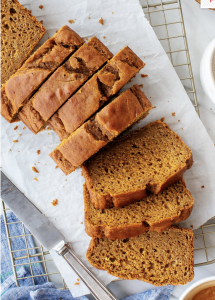
Roasted pumpkin seeds are a delicious snack, especially when added to homemade granola. Make use of the seeds you usually throw away after pumpkin carving! Of course, we all know there’s no shortage of ways to bake with pumpkin from breads, to cakes, to pies, and more!
There you have it – pumpkin is the superfood of the season! Have a gourd week and go spice things up in the kitchen.
